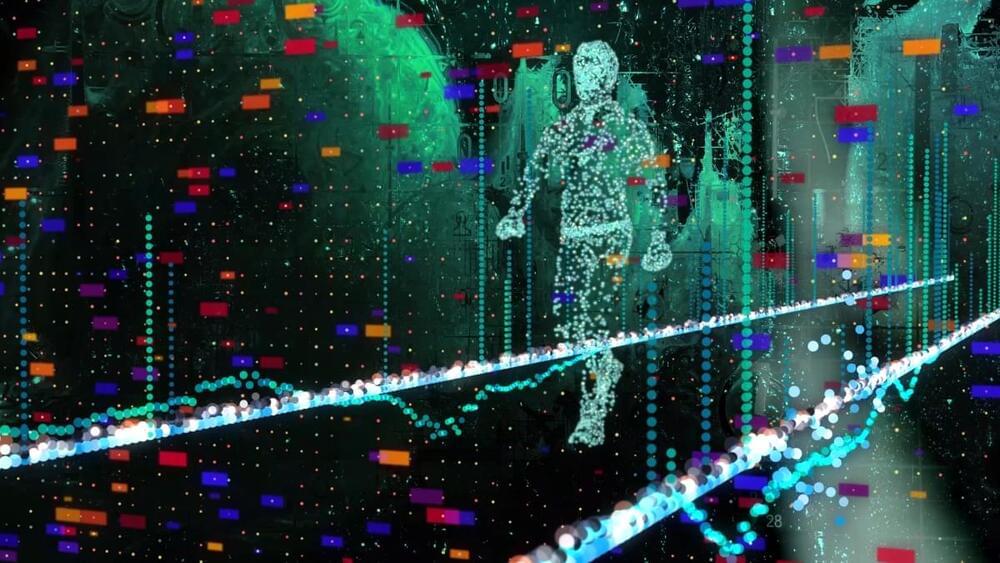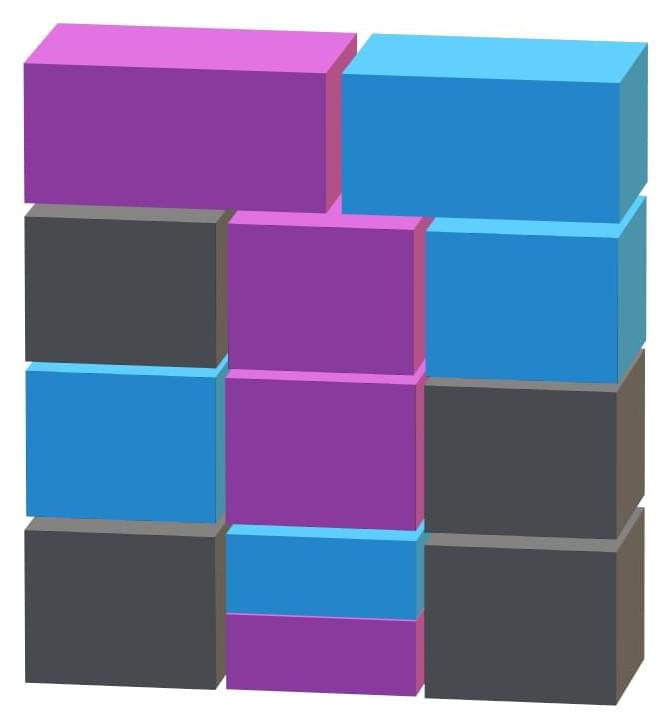Let there be darkness.
That is the potential catchphrase for those that are concerned about nighttime light pollution.
More formerly known as Artificial Light At Night (ALAN), there is an ongoing bruhaha that our modern way of living is generating way too much light during the evening darkness. It is an ongoing issue and the amount of such pollution is likely to keep on increasing due to further industrialization and expansion of societies into additional geographical areas.
In short, you can expect more light to be emitted in existing populated areas, along with nighttime light being unleashed in regions that had so far not been especially well lit due to insufficient means or lack of a light-producing populace. When you start adding more office buildings, more homes, more cars, more lampposts, and the like, this all translates into a tsunami of unbridled light at night.
You might be puzzled as to why the mere shepherding of artificial light is considered a pollution monstrosity.
One obvious facet is that you cannot see the stars at nighttime, or they are otherwise generally blotted out of view by the abundance of overwhelming artificial light.
Full Story:









